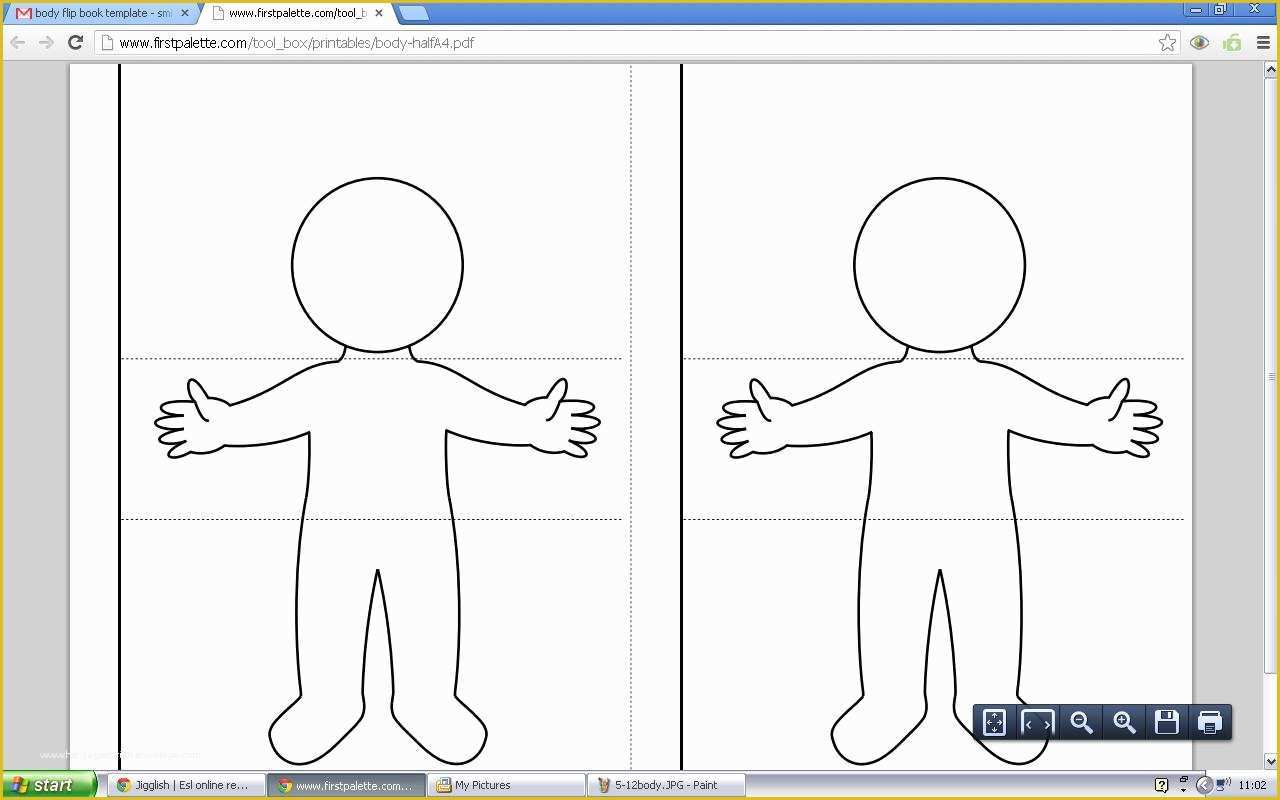

Auditory learners are also often intrigued by word play and language patterns. When they’re trying to memorize something, suggest making up a silly song about it. When they’re stumped by a new concept, start a conversation about it, and let your child work through the logic of the problem by talking to you about it. If your child has a lesson to learn, try recording them reading the lesson out loud and give them the audio to listen to later. You can also help your child practice reading by getting some books on tape and encouraging them to read along with the spoken words of the story. For example, a mini spelling bee can help your child practice spelling words by saying the letters rather than writing them out. If you think you have an auditory learner on your hands, encourage your child to say things out loud.

The auditory learner’s understanding is much stronger when their teacher explains something to the class, rather than when they’re given a reading assignment. They would much rather have someone read a story to them than read it to themselves. They can easily follow spoken directions and, if they don’t understand something, will often say, “Tell me again.” Auditory learners like to read out loud, rather than silently, even when they’re alone.
#Readwrite think flip bool how to#
How to recognize Auditory LearnersĬhildren who are auditory learners often love music and can remember the words to songs they hear. They can even better retain knowledge when new ideas are paired with nonverbal sounds such as music, drum beats or clapping. This means they remember and understand new concepts better when they are explained out loud-even if they’re doing the speaking themselves. Auditory Learning Style:Īuditory learners learn best through their sense of hearing.

A Closer Look at the Auditory, Visual, and Kinesthetic Learning Styles 1. We’ll also share tips on how to help your child succeed if they are one of these learning styles. Let’s take a look at three often-overlooked learning styles to help you discover if your child is an Auditory, Visual or Kinesthetic learner.

He outlined seven different learning styles: auditory, visual, kinesthetic, interpersonal, intrapersonal, linguistic and logical-mathematical.Įducation has traditionally been focused around linguistic and logical-mathematical learning styles, however student centered learning models such as the Montessori method and the International Baccalaureate program have found success helping children learn in the way that is best for them. Howard Gardner’s observations led him to publish Frames of Mind: The Theory of Multiple Intelligences in 1983.He asserted that different people approach learning in different ways and that children learn better in school when their individual learning styles are recognized and supported. He observed that even though all individuals in a group seemed to be equally intelligent, a lesson plan that worked successfully for some children didn’t work as well for others. In the early 1980s, developmental psychologist and educational researcher Howard Gardner verified what many parents intuitively know: different children learn in different ways. One child begs to go to the museum, while another can’t stop pulling objects apart to discover how they work together. One child may spend hours curled up with a book, while another uses any excuse to go outside. As you watch children grow and learn, it quickly becomes obvious that each child has their own way of learning and interacting with the world around them.


 0 kommentar(er)
0 kommentar(er)
